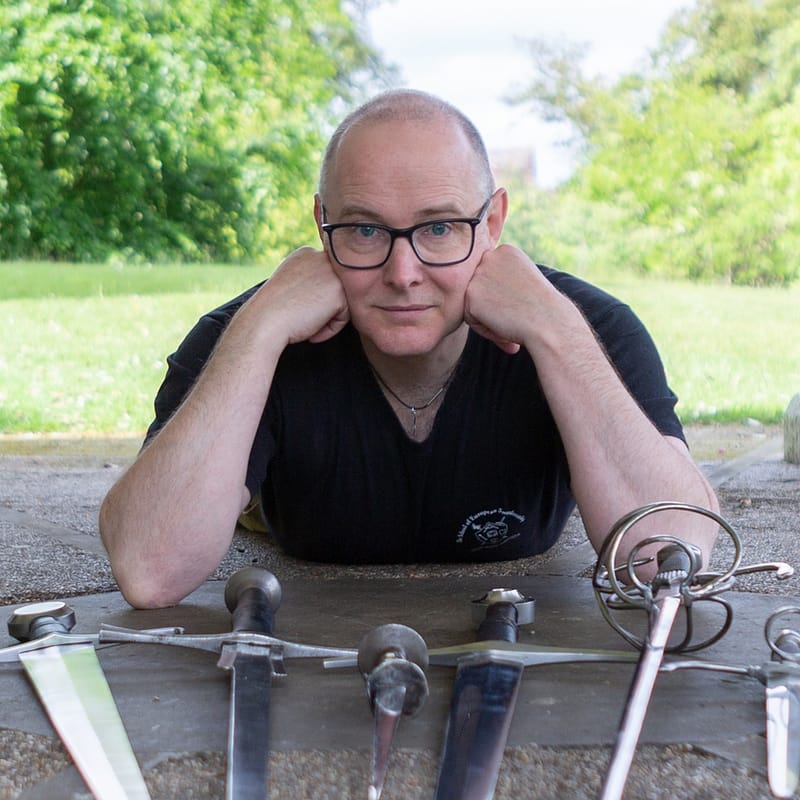Life is worth living because of the people you love, and who love you. But everybody dies. In a perfect world, children would still bury their parents, but parents would never bury their children.
My father died recently, peacefully at home at the age of 83. The circumstances really couldn’t have been improved upon, and yet it was still, of course, a complicated, stressful, difficult, painful, grief-ridden time. I imagine you have gone through something similar, or will at some point in the future, so I have some thoughts on what was helpful to me and share them here in the hopes that it may make your own experience more bearable.
Everybody dies
We all know that, from the neck up. But if you know it in your bones, then when someone you love dies, it won’t be a surprise. You won’t have to spend precious energy on orienting yourself to the idea that the person has died. Because everybody dies. It’s what we do.
I take this to such extremes that I religiously say goodbye to my kids when they go off to school (they’re old enough to probably prefer it if I just stayed out of the way!) but there is a non-zero chance that we’ll never see each other again, and I want the last thing they hear from me to be something along the lines of “I love you”.
When I was 18, my best friend’s 17 year-old sister died suddenly of a brain haemorrhage while out with her friends. It came completely out of the blue: one second she was chatting and laughing, then lights out. Hers was the first funeral I ever attended, and it hammered home to me that everybody, but everybody, dies. And we don’t know when. A few months later my much-loved grandma also died, at 86. Hers was the second funeral I went to, and the difference between the two was precisely the difference between sadness and tragedy.
You’ll miss it when it’s gone
I don’t use my phone if I can possibly avoid it. A few friends and close family have my number, and various people who need it, but that’s it. I don’t put it on my business card. Because why on earth would you assume that the person you are calling has nothing better to do right now than answer the phone? I love talking to my friends, but almost invariably arrange a time in advance, I don’t call out of the blue.
Dad did though. Usually in the middle of my peak work flow time. Almost always for something that could very well have been an email or a text. Quite often just to tell me about something that he’d heard on the radio vaguely connected with swords. When the phone went and I saw it was him, I always picked up, and as I was doing so, expelled the “don’t interrupt me” annoyance with the thought “you’ll miss this when he’s gone”. And I do. Fucking interrupt me, dad, I’m just writing a blog post.
I’m so very glad that I had that thought in my head, and didn’t waste my time on work stuff at the expense of hearing whatever it was he wanted to tell me.
You don’t get over it, you just get used to it
When my mother-in-law died, my mum, who had lost her mother some 25 years earlier, said that to my wife, and she was right. When someone you love dies it punches a hole in your world. While you will grow around it, there will always be a mark. Every family gathering from now on will have a gap in it where dad should be. We won’t get over it, but we will get used to it, and at the end of the day, what would a family gathering look like if nobody ever died? You couldn’t find a venue big enough to hold a party for a thousand generations of forebears and their offspring.
Save your spoons
Kind people, lovely people, get in touch to give their condolences. This is nice, and the proper thing to do. But when I do it, I always include something along the lines of ‘no reply expected’. Because otherwise you find yourself constantly thanking people, and it’s weird, tiring, and it turns their kindness into a burden of politeness which they presumably did not intend. So save your spoons, and don’t worry about replying to everyone. Anyone who would be offended by not getting a reply to their condolences isn’t really sympathetic.
Grief, and the extraordinary amount of bullshit admin that comes with a bereavement, are exhausting in ways you may not anticipate. For instance, a couple of weeks ago I went into my shed to cut the panels for the doors for a cabinet I've been making for my study. It's really simple woodwork: measure the exact size, cut a piece of 6mm plywood to the right size (a fraction generous), and trim to fit. Easy for a woodworker of my experience. But I found myself unsure of where to start. Measuring? Hauling the plywood out to have a look at it? finding a saw? What measuring tools to use? It was bizarre, but I figured my brain was occupied with other things, so I did a little tidying up and went back inside. A few days later I tried again, and it took about half an hour, job done.
Be grateful where you can
There is always something to be grateful for. In my dad’s case, things really couldn’t have gone more easily. He knew he was dying for a few weeks before he actually did so, which meant there was time to say goodbye and other things, express some final wishes (more on that below), and the process itself was remarkably peaceful and almost painless. He died at home, in his own bed, so quietly that my mum didn’t even wake up. We should all be so lucky. If his illness had been painful, then we could have been grateful for the pain ending. There is always something, if you look. It's not that bereavement should make you grateful, it's that finding a way to feel grateful makes the bereavement easier on you.
Respect their wishes but don’t be ruled by them
In the hospital, once he knew he was dying and there was nothing that the doctors could do for him, all dad wanted was to come home. It took a bit of persuading for the medical staff to release him. In essence, they weren’t expecting us to be explicit about and unembarrassed by death, and they didn’t want him going into an environment where the people around him weren’t ready to look after him as he would need. Once I explained our situation, and our mental preparedness, they cancelled all further investigations (blood tests that would show that nothing had improved; scans that would show that he was dying) and let him go. He was so keen to get home that he didn’t want to wait until the next morning when an ambulance would be able to take him, so I drove him home myself.
It was one of the hardest things I’ve ever done, because I wanted him “safe” in the hospital, surrounded by professionals. But it wasn’t what he wanted, so I kept my mouth shut and got it done.
But, in his funeral arrangements there were a couple of things he wanted that I felt perfectly entitled to say no to. Here’s how I see it: If there is no afterlife, and death is the end, then the funeral is only for the living, and so the dead person’s wishes are a guideline at best; they won’t be affected by whatever you do. If there is an afterlife, then they are too busy being blissed out (one hopes) that they won’t care that certain details didn’t get done the way they wanted.
That’s all so far… (see “save your spoons”, above).
I’m cracking on with various projects (including editing dad’s last volume of memoirs), and not pushing things too hard. Grief is the price we pay for love, and it’s one hell of a bargain.












